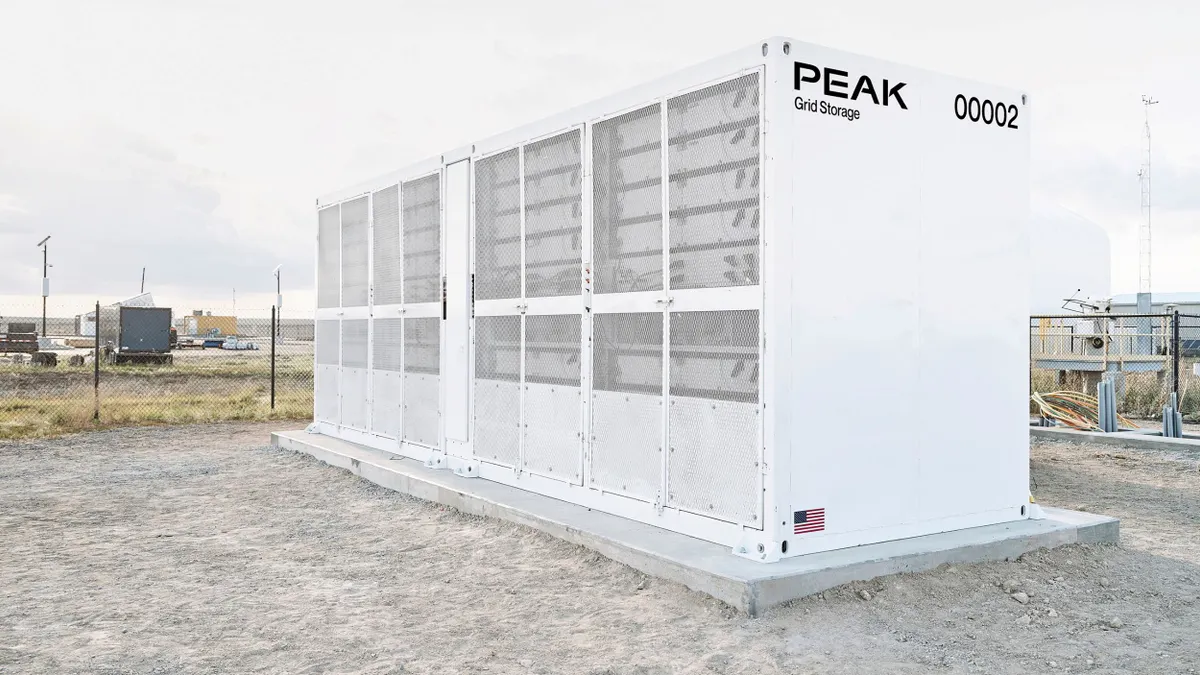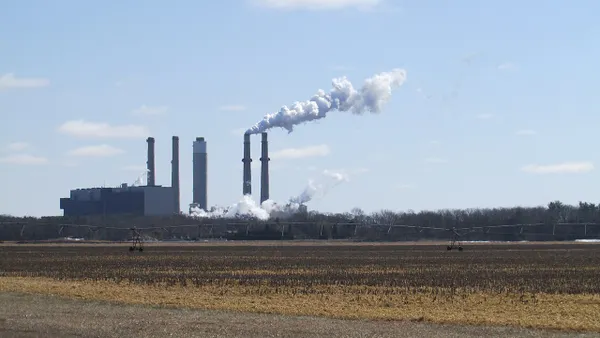Dive Brief:
- The changing electric power resource base is a challenge for the industry, though not necessarily a harmful one, according to the regulatory authority tasked with maintaining reliability in North America.
- The North American Reliability Corp.'s has released its 10-year reliability assessment, predicting a further decline in coal generation and increases to both renewable and gas-fired generation.
- Natural gas generation capacity is projected to rise 10%, or by 42 GW, by 2019; non-hydro renewable resources are expected to increase from 33 GW in 2015 to 40 GW.
Dive Insight:
Over the next five years, planning reserve margins in all of NERC's assessment areas appear sufficient, "but continue to trend downward," the group said in its broad assessment of reliability.
“This year’s [Long-Term Reliability Assessment] shows the range of reliability challenges stemming from the ongoing and accelerated changes in the resource mix,” said John Moura, NERC director of Reliability Assessments and System Analysis. “While these changes are not necessarily harmful to the bulk-power system, the challenge to the electric industry and policy makers is how to make the transition in a reliable way.”
Among the report's key findings: the changing resource mix will necessititate additional measures and approaches to assess reliability, while operators and planners face "uncertainty with increased levels of distributed energy resources and new technologies."
Coal retirements will continue, mostly replaced by natural gas and renewables. Approximately 21 GW of coal-fired units were retired between 2012 and 2014, and NERC said it anticipates another 27 GW will retire by 2025.
On the gas side, from 2012 to 2014 there were 11 GW of retirements, and an additional 10 GW are scheduled to retire by 2025. Another 6 GW of generation, including some renewable, petroleum and nuclear that has come to the end of its lifecycle or is not efficient, will also retire by the end of the assessment period.














